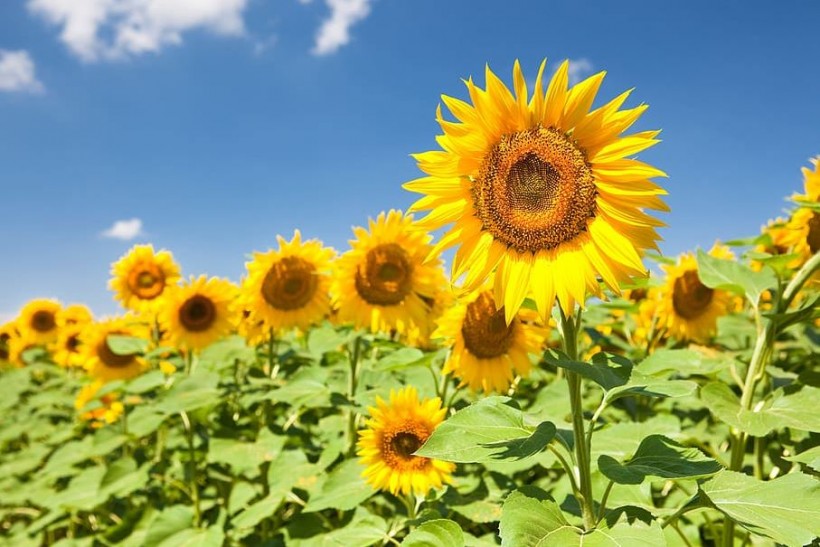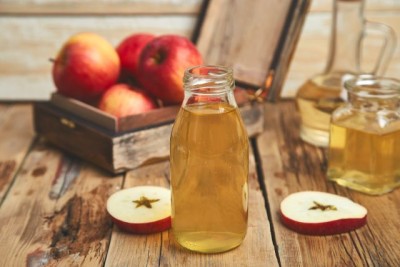Everything From Growing Guide to Health Benefits of Sunflower Seeds
Warning: Undefined variable $post in /home/dietofli/public_html/wp-content/plugins/code-snippets/php/snippet-ops.php(584) : eval()'d code on line 3
Warning: Attempt to read property "ID" on null in /home/dietofli/public_html/wp-content/plugins/code-snippets/php/snippet-ops.php(584) : eval()'d code on line 3
The estimated reading time is 3 minutes
Warning: Undefined variable $post in /home/dietofli/public_html/wp-content/plugins/oxygen/component-framework/components/classes/code-block.class.php(115) : eval()'d code on line 3
Warning: Attempt to read property "ID" on null in /home/dietofli/public_html/wp-content/plugins/oxygen/component-framework/components/classes/code-block.class.php(115) : eval()'d code on line 3

The sunflower plant is considered fascinating in several ways. It can be used for thousands of purposes from producing edible oil to many health benefits.
Do you know you can eat sunflower seeds and they are a great source of getting vitamin E? And they have almost zero cholesterol and can be proved useful for your heart health, liver, and especially your skin.
The countless benefits of sunflower seeds and their growing use in our daily routine life are making it more popular. And people are looking forward to growing this plant in their green areas. So here in this writing piece, you’ll not only get the health benefits of sunflower seeds but a guide to growing them at your place too.
Where Can You Grow Sunflower Plants?
The best location to grow sunflowers is in a sunny area. They need a good kind of soil to grow, and it should not be waterlogged. To cultivate these plants at home you need garden compost or well-rotted manure before planting them. Moreover, you need to protect the young plants from snails and slugs and water them regularly.
1. Best Time to Plant the Seeds
From April to May is the perfect time to sow sunflower seeds. Make sure to plant them when there is no risk of frost.
To sow the sunflower seeds, you need separate plastic pots and poke the seeds into the muck. After planting the seed, make sure to cover it with about 1.5cm of compost and water it until the compost gets moist throughout. After this cover each pot with a plastic bottle to keep the seedlings warm.
2. Care Tips For Your Sunflowers
While the plants are small, water them around the root zone, and it would help to keep slugs and snails. When plants are established, encourage the deep rooting water them deeply and avoid over-fertilization because it can cause stems to break. And tall cultivars and species require support, and for this purpose, bamboo stakes are a great choice for any plant which needs support to grow.
Moreover, to protect your plants from squirrels and birds, you can use white polyspun garden fleece to cover each one.
3. How to Harvest and Store
The next step is how to harvest sunflowers' seeds and store them. For indoor plants, you need to cut the main stem and make sure to start your harvesting in the early morning. Because there are more chances of a flower wilting when you begin harvesting during the middle of the day.
You can start harvesting when once seeds are fully ripening on the stem, cut the stem about one inch below the head. After this rub the seeds gently from the head and let the seeds dry before storing them. When seeds are completely dried store them in the airtight jars.
Some Possible Health Benefits of Sunflower Seeds
Sunflower seeds are rich in several minerals, vitamins, and healthy fats. And the nutrients found in this plant play a good role in reducing common health issues, including diabetes and heart diseases. They are considered good for controlling cholesterol, blood pressure, and blood sugar.














